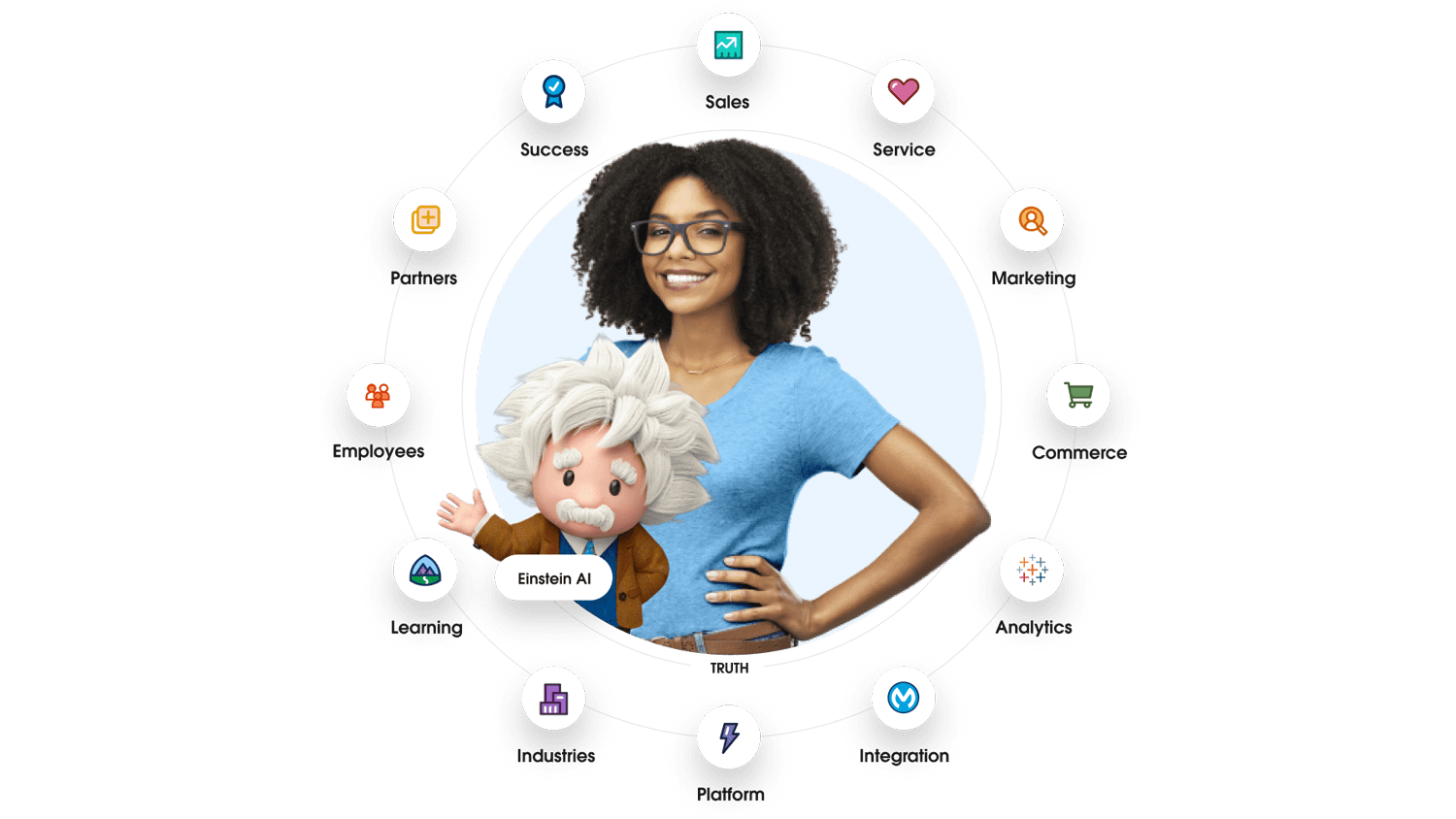Managing your customer loyalty program better
The new service will allow companies to build “intelligent” loyalty programs for both their B2B and B2C customers.
Salesforce announced that it has launched Loyalty Management, a new product for companies across industries, including retail, consumer goods, manufacturing, travel, and hospitality. Built on the Salesforce Customer 360 Platform, the product aims to increase customer trust and engagement. Loyalty Management allows companies to build what Salesforce calls “intelligent loyalty programs” for both B2B and B2C environments.
With Loyalty Management, companies can provide more personalized consumer experiences, according to Salesforce. The service will help them evolve their loyalty programs to stay current with customer expectations, they claim, and help drive business value by creating loyal, lifelong customers.
Salesforce has integrated Loyalty Management with Salesforce Digital 360, Service Cloud and Tableau. This allows customers to deliver a connected loyalty experience across the entire customer journey. according to the company.
Highlights of the Loyalty Management service include:
- The Salesforce platform allows businesses to design a variety of different loyalty programs that meet their unique needs. Whether that is a tiered membership program or points per purchase, businesses can flexibly configure earn and redeem rewards programs.
- Loyalty Management allows companies to pull in their customer data. This includes marketing interactions, purchase history, and website visits—to create a unified view of the customer and inform the personalized promotions they receive.
- Thanks to the integration with Salesforce Customer 360, customers can easily sign up for loyalty programs through Salesforce Experience Cloud. This means businesses can send personalized content and notifications to customers with Salesforce Marketing Cloud and Customer 360 Audiences.
- In addition, companies can integrate external systems, like a customer data platform, with APIs. They can also integrate third-party solutions from Salesforce AppExchange.
- With Tableau CRM for Loyalty Management, companies can measure program performance, member acquisition, and engagement. They can also measure partner performance in a dashboard.
Loyalty Management will be generally available in February 2021.
Credit Source: TechZine and Zednet
Integration with Customer 360 adds value to the Loyalty Management service
“Customers join loyalty programs for the promise of a more personalized, relevant experience but too often encounter a generic approach that is broadly applied to every member. Loyalty Management allows companies in all industries to evolve their loyalty programs from a transactional to a human-centric approach capable of creating personalized, relationship-building moments with each customer.” – David Schmaier, CEO of Salesforce Industries.



 Where the future works
Where the future works





